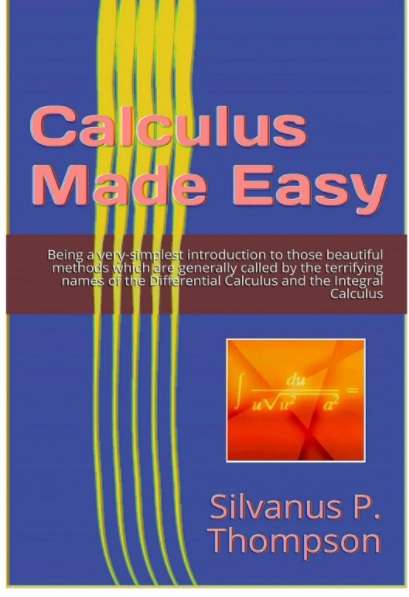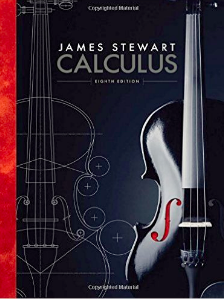

You can google these for a better explanation but they stand for this: sq3r, skim/survey, question, read, recite, review, and psq5r, purpose, survey, question, read-selectively, recite, reduce/record, reflect, review. Another tool that you can use to improve your reading skills, which are critical in learning anything including mathematics, is the sq3r or psq5r method. It walks you through the various stages of reading. One book I would recommend highly concerning reading skills is "How to read a book" by Mortimer A.
Calculus made easy book how to#
Also sometimes it just takes time for new concepts to sink-in (for your brain to process and organize them in relation to already known things).If you don't know how to read analytically, then you must learn, because that is important to teaching yourself things. Whenever you find a concept difficult, look up alternative explanations to see if they help (for example khanacademy videos help many people), you still are having difficulty with something after working through other explanations, then you must analyze yourself in conjunction with the problem to pinpoint exactly what is preventing you from understanding it, then master that point and come back to the original with better understanding. So I would recommend brushing up on those two things before really hitting this book hard. The book is written in somewhat informal language to make you feel more comfortable, which I think is good for everyone, because if you can't explain something simply then either you don't understand it or you have horrible communication skills, either way, you need to improve.Though this book does a great job at teaching calculus in a down-to-earth sort of way, it may be too much for you still if you aren't competent in algebra and basic trigonometry. It starts out by defining some things that are absolutely critical in understanding in higher mathematics, such as, What is a function?, if you wish to do well in higher mathematics then you must understand the concept of a function quite well. Solid book This is a solid book meant to teach you the basics of Calculus and hopefully leave you with better understanding than you had before it. With a new introduction, three new chapters, modernized language and methods throughout, and an appendix of challenging and enjoyable practice problems, Calculus Made Easy has been thoroughly updated for the modern reader. Graham, Chief Scientist, AT&T Labs, and author of Concrete MathematicsĬalculus Made Easy has long been the most popular calculus primer, and this major revision of the classic math text makes the subject at hand still more comprehensible to readers of all levels.

To a non-mathematician, its simplicity and clarity reveals the mathematical genius of Newton, Leibniz, and Thompson himself. €œCalculus Made Easy is arguably the best math teaching ever.

Graphics programs that share the scope and spirit of Thompson/Gardner would make a valued complement to their paper-and-pencil book. Maybe "little bits of x" ought to-or have been-placed on the screen in a serious pedagogic structure that students can manipulate. The times they are a-changing, and we admit we are not current in computer resources.
Calculus made easy book series#
Martin Gardner, himself an American mathematical landmark, says, "This is the leanest and liveliest introduction to calculus ever written," and, taken with his own present augmentation, three whole chapters and more, including infinite series and some neat problems, he is quite right. In fact, most talk of continuum and its infinities is suppressed the eye is nicely fixed on little bits of x, called dx, their differences and sums among all kinds of functions, their geometric meaning, and what they can do for you-a lot. The first edition appeared anonymously in 1910 in England, and overall a million copies have been sold. Equal-opportunity reviewers, we welcome a book on behalf of the continuum! It is for the mathematically eager who know some algebra.


 0 kommentar(er)
0 kommentar(er)
